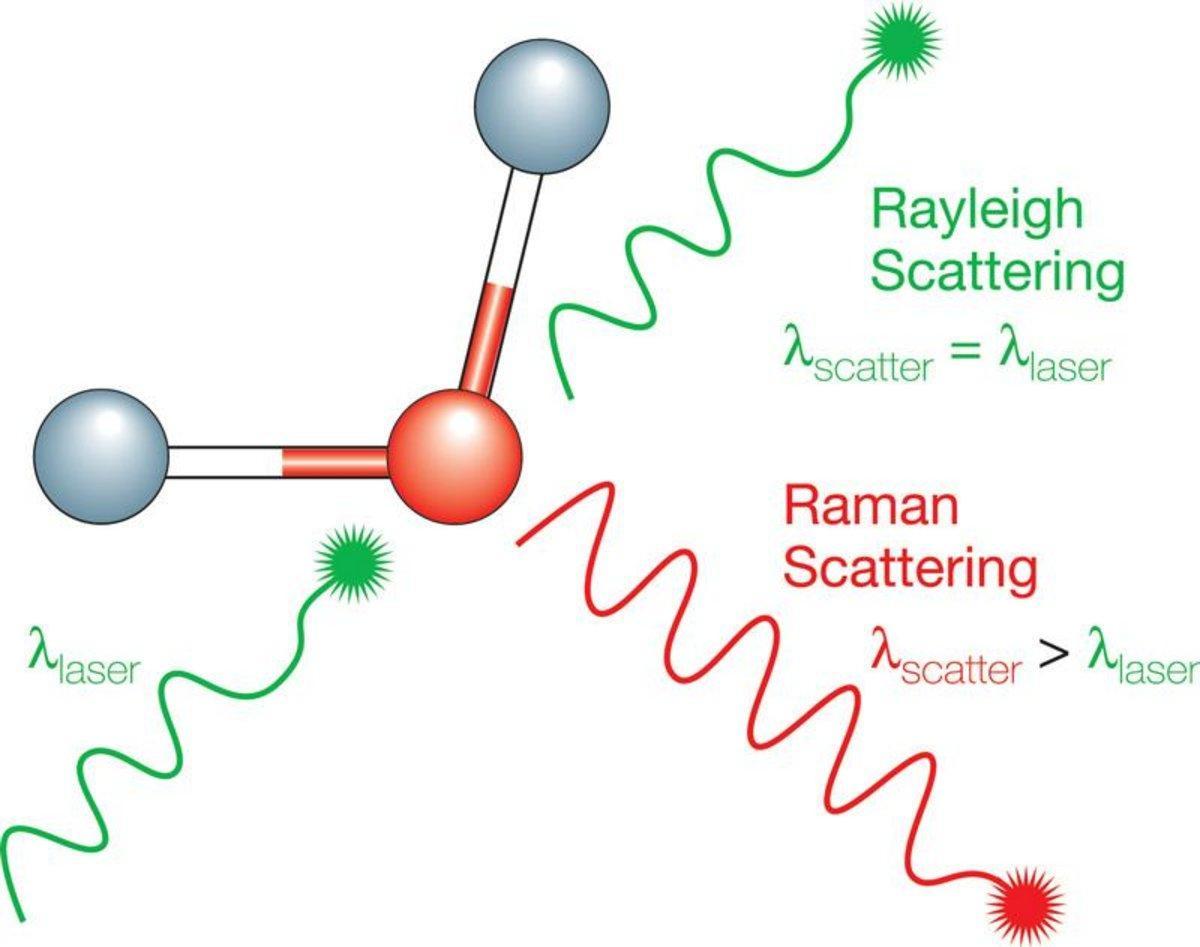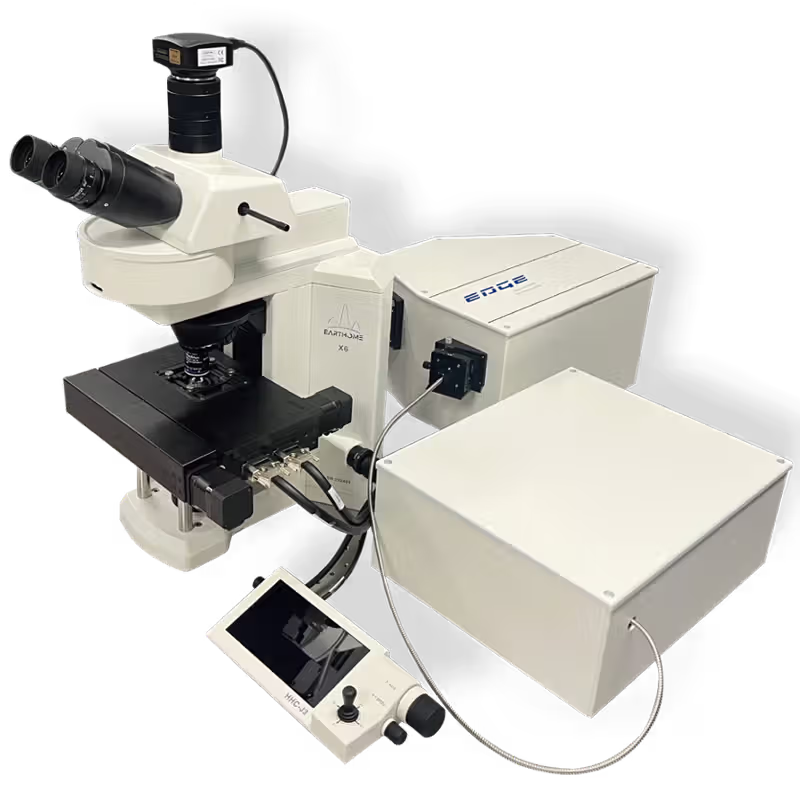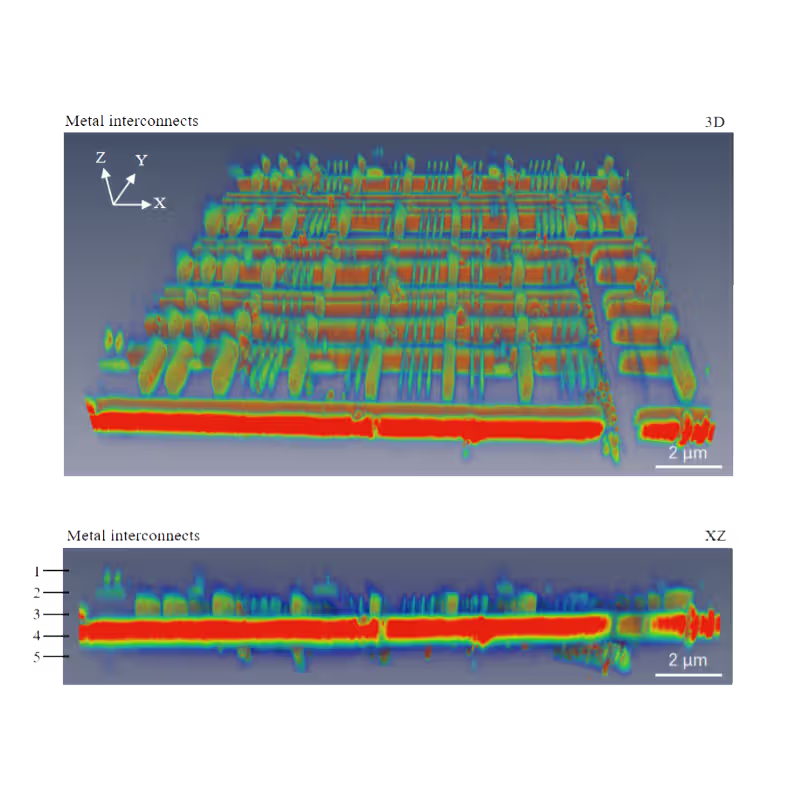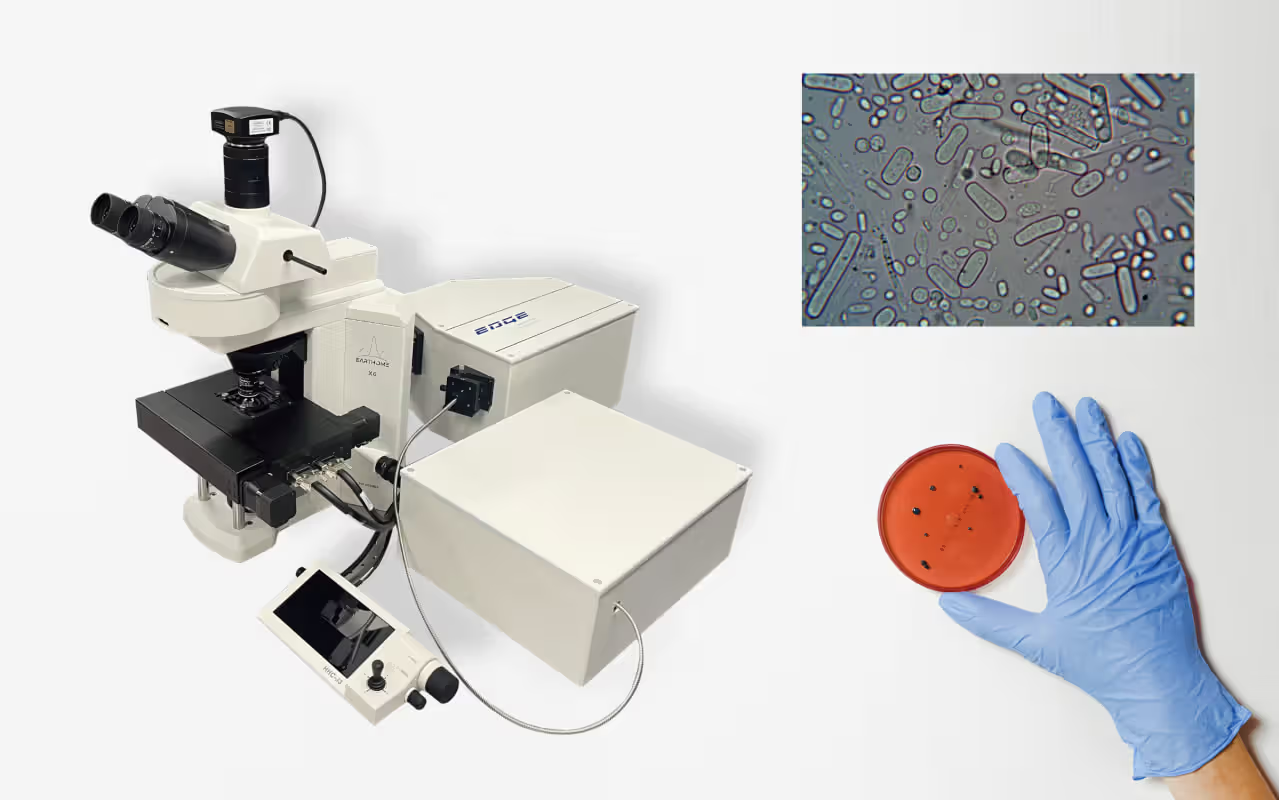
When photons enter the molecules of a medium, most of them undergo elastic scattering, which is known as Rayleigh scattering. The energy of the scattered photons is the same as that of the incident photons, meaning that the wavelength does not change. At the same time, a small portion of the photons exchange energy with the molecules in the medium. This phenomenon is called inelastic scattering, and inelastic scattering mainly includes Brillouin scattering and Raman scattering.
In 1928, C.V. Raman discovered that when a quartz mercury lamp was used to illuminate toluene solution, compared to the spectrum photo of the incident light, some additional spectral components appeared in the spectrum photo of the emergent light [29]. This was the first time that Raman scattering was discovered and reported.
Under normal circumstances, the absorption cross-section of a substance is approximately 10^-16 cm^2, the fluorescence scattering cross-section is approximately 10^-18 cm^2, while the spontaneous Raman scattering cross-section is usually only 10^-28 to 10^-30 cm^2. Therefore, the probability of spontaneous Raman scattering is generally less than 10^-7, meaning that if there are 10^7 incident photons, only less than one photon will be converted into a Raman photon.
Due to the weak signal of spontaneous Raman scattering, a very long integration time is often required, making it difficult to conduct imaging studies.






